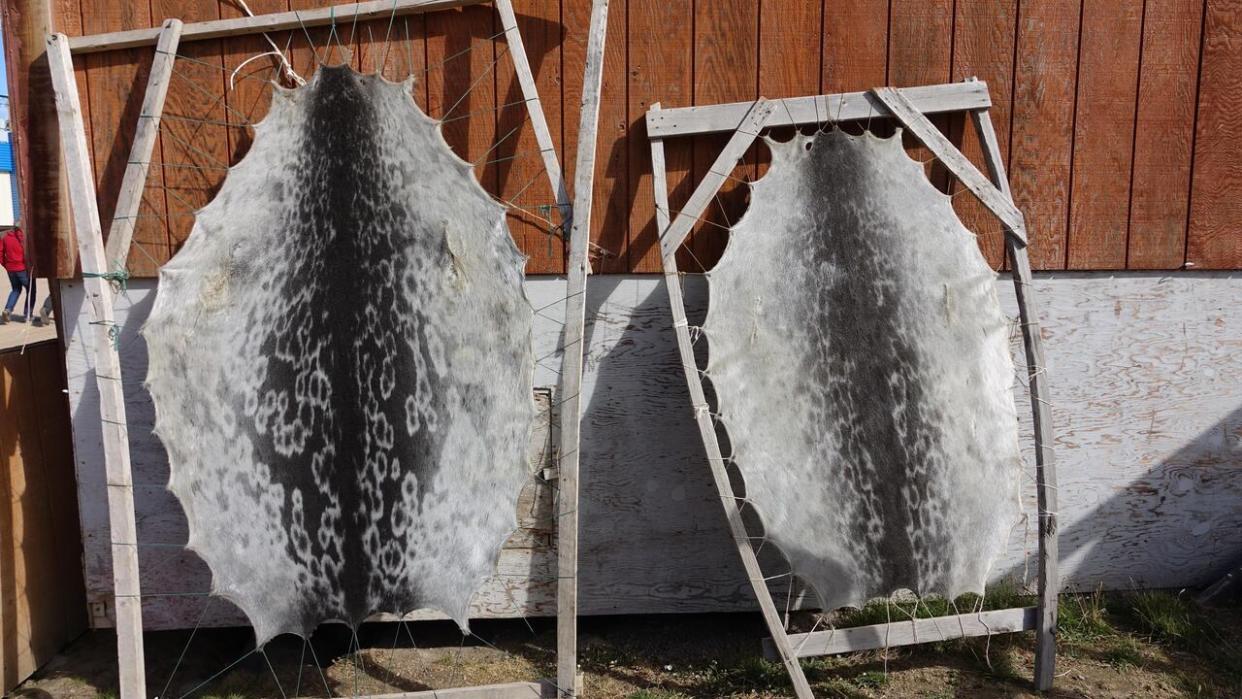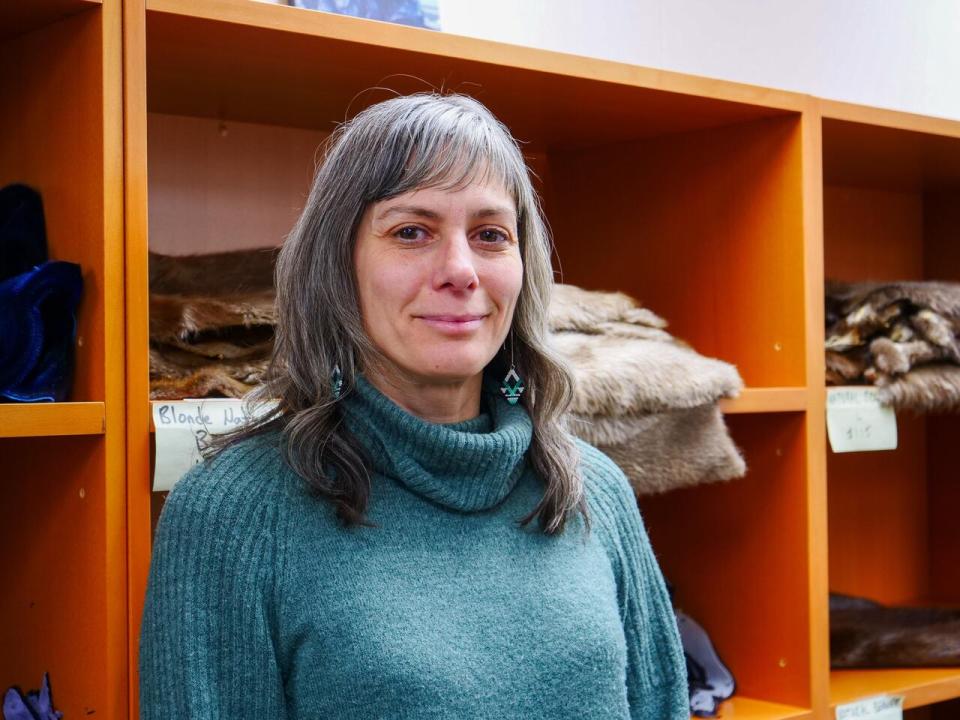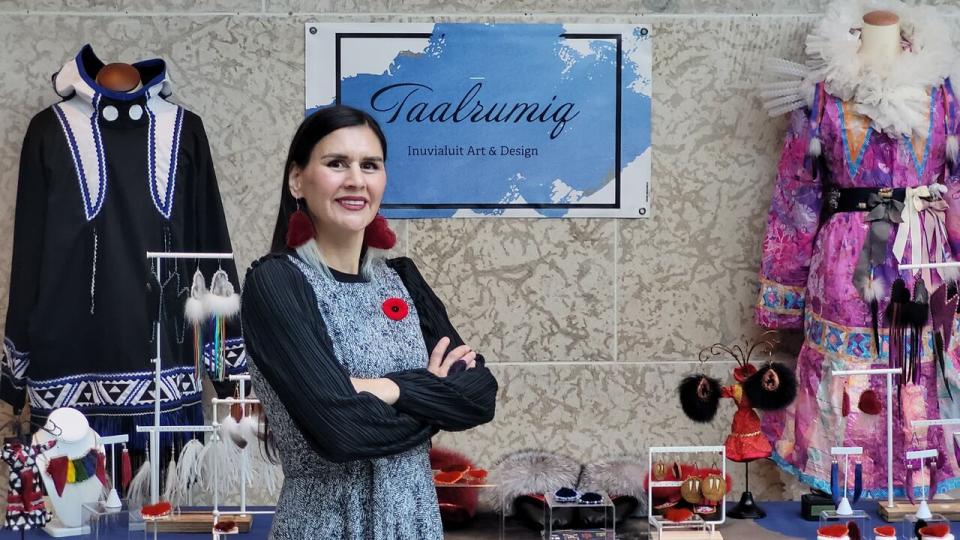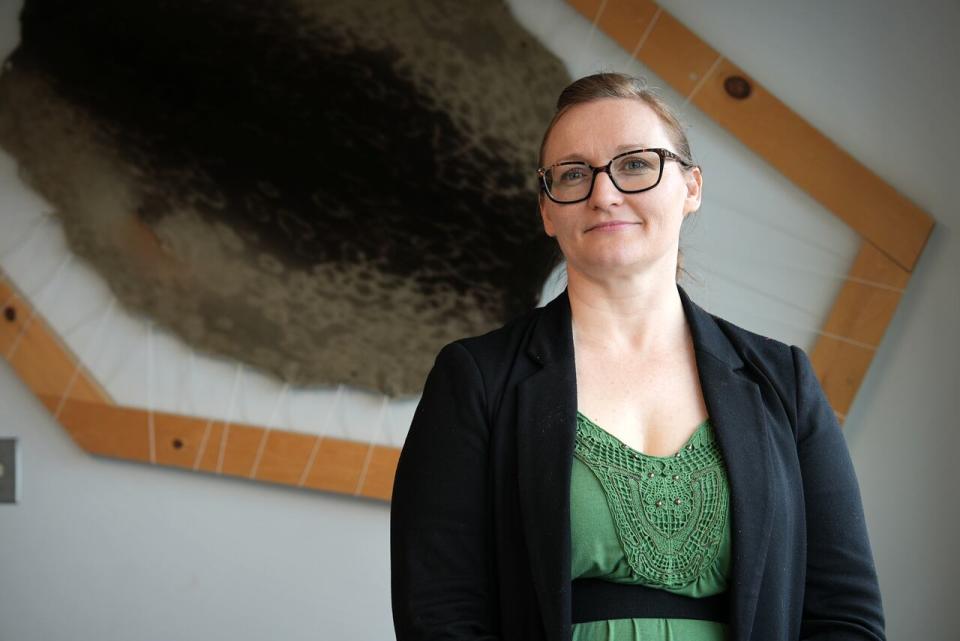The European Union is reviewing its sealskin ban for the first time

The European Union's ban on seal products is being reviewed for the first time, 15 years after it was put in place.
Some groups in the N.W.T. and Nunavut say the ban is too restrictive, and hope the process ultimately results in it being lifted.
The EU's European Commission is accepting submissions until August 7 in a "call for evidence" that will be compiled in a report to European Parliament. Greenland, Nunavut and the N.W.T. are all invited to take part.
The EU has banned the import of seal products since 2009. In 2015, however, it introduced two exceptions to the ban that allowed Inuit and other Indigenous people to sell products made from seal, under certain conditions.
Those exceptions say that hunting methods must take into account the welfare of the animal and hunting must be part of community traditions, in addition to contributing to its subsistence. A certificate proving these conditions were respected must accompany each product sold.
Since then, the commission has done two reviews of these exceptions, but they have not reviewed the ban in its entirety.
A lack of information
Although they appear to be less restrictive at first glance, the ban's exemptions for Inuit are highly contested in the Canadian North.
"The exemption that they put in place isn't working because we have seen a drastic drop in the sales in the [European] market," said Johanna Tiemessen, the manager of arts and traditional economies at the N.W.T. government's Department of Industry, Tourism and Investment.

Johanna Tiemessen deplores the lack of information around the EU's ban on seal products and says it has a negative impact on people living in the Canadian North. (Julie Plourde/Radio-Canada )
According to Tiemessen, this can be attributed to several factors, including fear from Inuit artists of violating European regulations, confusion around the regulation process itself, lack of experience in international trade and misinformation surrounding the industry.
The standing senate committee on Fisheries and Oceans described these challenges in a report on the sealing industry last month. The committee noted a "worrying" lack of data on seal populations in the Arctic.
"Whose responsibility is that marketing campaign and the impacts that it's had on Indigenous residents of northern Canada, and how can they help to make sure that the exemption is known?" Tiemessen said.
"We're happy that there's an exemption in place, but we'd rather that there just wasn't a ban in place."
Heavy burden for artists

Inuvialuit artist Taalrumiq and some of her creations, many of which are made from sealskin. (Submitted by Taalrumiq )
Fashion designer Taalrumiq, originally from Tuktoyaktuk, N.W.T., sells almost all of her pieces to Canadian clients. She said she's refused several orders from Europe because of the administrative burden linked to certifications for seal products.
"It would just make it so much easier if there was a more straightforward way to go about selling our products," she said.
Zoya Martin, the director of fisheries and sealing with the government of Nunavut, is also critical of the consequences of the ban on Inuit artists. Martin said Nunavut is currently working on an information kit to help make Nunavummiut aware of the commission's process to review the ban and give them the opportunity to provide comments.

Zoya Martin is the director of fisheries and sealing with the government of Nunavut. She said the government is working to let Nunavummiut know about the review and how they can participate. (Matisse Harvey/Radio-Canada )
The Nunavut government is also working with the N.W.T. government and the Greenlandic government to co-ordinate responses.
"If the regulations were reviewed and, let's say, repealed, then the hope is that the Canadian government will put in a significant investment into the sealing economy," Martin said.
The commission's report is expected in 2025.


